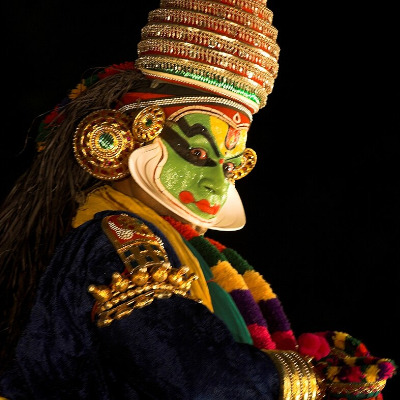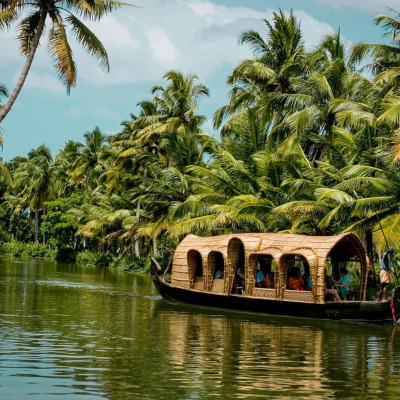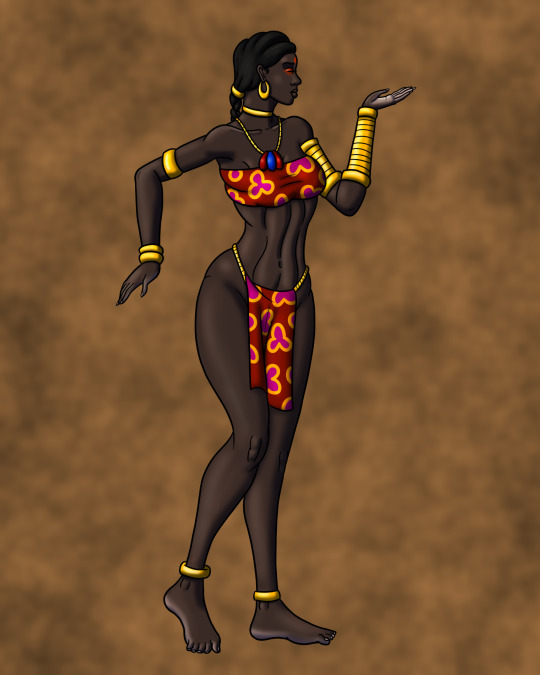#DRAVIDIANS
Explore tagged Tumblr posts
Text
Natives of northern India, by W. Crooke ... With thirty-two illustrations.
Description
Tools
Cite this
Main AuthorCrooke, William, 1848-1923.Language(s)English PublishedLondon : A. Constable and Company, ltd., 1907. SubjectsEthnology > Ethnology / India. India > India / Description and travel. India > India / Social conditions. Physical Descriptionxiv, 270 p. front., plates, ports., map. 23 cm.
APA Citation
Crooke, W. (1907). Natives of northern India. London: A. Constable and Company, ltd..
0 notes
Text









Aesthetic of the languages on earth : Malayalam Malayalam is Dravidian language spoken by 37 million people over Kerala and southern India. It's an official language of the state of Kerala, Lakshadweep and Mahé in India.
59 notes
·
View notes
Text

Stop! pairing! This! Gorgeous! Woman! With! The! Pasty! Colonizer!
#romance club#Rc deviya sharma#Now I'm claiming her for myself BTW#she's mine and Dravidian Devi is jb's#I won't allow her to be shipped with the ugly ass stale fungus laiden white bread#kali: flame of samsara#Devi sharma
20 notes
·
View notes
Text
do people have certain sprites they associate with certain routes or even consider canon? i do 😭😭
#to me dravidian amala is THE independence route and one of the “canon” kcd sprites along with both of the black eva sprites#maybe i'll make another listy post idk#romance club#mir's musings 💬
28 notes
·
View notes
Text
Tamil ultimately also gave the English language the word ‘orange’, by which I mean it posed at the heart of it a problem for English rhyming that has never truly been resolved. Love that for us. No I don’t wanna hear about this ‘door hinge’ shit Marshall
42 notes
·
View notes
Text
candy
late 13c., "crystallized sugar," from Old French çucre candi "sugar candy," ultimately from Arabic qandi, from Persian qand "cane sugar," probably from Sanskrit khanda "piece (of sugar)," perhaps from Dravidian (compare Tamil kantu "candy," kattu "to harden, condense").
42 notes
·
View notes
Text
everyone's heard of the south indians having reactions of visceral loathing when it comes to hindi stereotype but y'all forget about the most dramatic mfs out there when it comes to hating on hindi and hindi centricism

bangalis
#liveblogging.pdf#it's hilarious to me because they are 100% bigger haters than us so much of the time#even though bangla has at least some similarity to hindi unlike dravidian languages#but then again tamil people don't have to hear people attempt to butcher their language by accentuating all the o's so i mean. fair enough#desiblr#bengali#bangla
38 notes
·
View notes
Text
Quite unjust if I don't write anything in my mother tongue. So here's a thought:
സ്നേഹം കാണിക്കാനുള്ളതാണ് ഒളിപ്പിക്കാനുള്ളതല്ല
Transliteration: (Sneham kaanikkaanulladhaan olippikkanulladhalla)
Roughly translated means:
"Love is something that's to be shown, not to be kept hidden!"
Random Xpressions
11 notes
·
View notes
Text
It's so funny how sanghiblr will selectively criticize NCERT. They will harass them for sources about medieval and mughal history, but will parrot the "harappan and vedic civilisations are one and the same" bullshit in NCERT that has been proven to be false. Because that one fits their agenda and the ridiculous claim that aryans are indigenous or whatever.
#fr i reseached this a lot#its possible that harappans migrated south and in that case its dravidians that have the claim to indigeneity#aryans migrated from central asia they are foreigners as much as mughals are#and vedic culture is aryan culture by and large#ofc it is influenced by dravidian folk religions as things will influence each other but dravidian folk religions existed first#and in time got overshadowed by vedic culture#tho some aspects still survive. and that explains why south indian hinduism is so different#same thing happened with austro-asiatic religions in east asia#which is why bengali hinduism has a distinct flavour of tribalism and tantrikism#its so interesting fr id love to study it more#im too tired to source all my yapping in the tags but if you want to learn more then hmu with an ask ill happily recommend books/articles#sanghi bs#anti hindutva
12 notes
·
View notes
Text
The Tamilian antiquary.
Description
Tools
Cite this
Related NamesT.A. Society (Tiruchchirāppalli, India) Language(s)English ; Tamil PublishedNew Delhi : Asian Educational Services, 1986. EditionReprint ed. SubjectsTamil (Indic people) > Tamil (Indic people) / Collected works. India, South > India, South / Civilization. Physical Description2 v. : ill. ; 23 cm.
APA Citation
T.A. Society (Tiruchchirāppalli, I. (1986).The Tamilian antiquary. Reprint ed. New Delhi: Asian Educational Services.
0 notes
Text


Deviya Sharma (5 years later)
did the Dravidian and Kashmirian Devis decide to get contact lens🤔
#for what it's worth i think Dravidian mc got better now that her eyes are darker#romance club#kali: flame of samsara#devi sharma#deviya sharma
54 notes
·
View notes
Text
no scientist would deny that black people lived in Europe, and likely all over the entire Eurasian / African super-continent; before caucasians came in. Black Africans have been seafaring and crossing the Atlantic for millennia. Scientists now agree that even before the younger dryas, seafaring peoples also populated the Americas via Pacific island chains. There's no dispute that at least 3 different genetic sources of humans entered the Americas, including as well the Siberian-American landbridge. beyond dispute that white people originated from south Asia / India, and / or Hindi culture (hence, Indo-European meaning, Hindo or Hindu-European); it makes sense that this was a mercy program for people with albinism, born in the tropics of South Asia and India, to migrate north in their lifetime to seek a life away from the sun that would leave them burnt and with lowered life expectancy. No scientist would argue with the statement that India sent their albinos north and that became what we know as "caucasians" today, so calling caucasians "dravidian albinos" seems pretty accurate to me, almost seems beyond scientific debate at this point, but this write up does a nice job of at least conveying the fragility among audiences on this topic. Is it true some white people get offended by this analysis? holy snowflake meltdown batman I'm a human first and foremost, but i won't deny i am typically perceived as a white guy, this does not offend me whatsoever, I'm just genuinely curious where the controversy or confusion is ...
#for further reading...#linguistics#anthropology#geography#dravidian albinos#origin story of caucasians?#lol i'm typically perceived as a white guy#i have to say that because every one in 50 people will swear on Gawd I have Amer-Indian blood too#and that's also the oral history of the fam
2 notes
·
View notes
Text

5 notes
·
View notes
Text
Harappan Dancer

This is a female dancer from the Harappan civilization that spread over the Indus Valley in South Asia between 3300 and 1300 BC, being the first urban culture known to develop in the subcontinent. Her jewelry is referenced from a bronze statuette uncovered at the Harappan site of Mohenjo-daro in what is now northern Pakistan, but whereas the original sculpture showed a nude figure, I gave my version a top and loincloth to make it safer for work.
#Harappan#Indus Valley Civilization#indian#south asian#dravidian#dark skin#black woman#woman of color#digital art#art
8 notes
·
View notes
Text
black
kar: Tamil
kariya: Tulu
karu: Telugu
karuppu: Malayalam
kari: Brahui, Telugu, Gondi,
kolu: Kashmiri
kala: Hindi/Urdu, Bengali, Punjabi, Marathi
kalo: Romani, Bengali, Nepali, Konkani
kola: Assamese, Odia
kalu: Dhivehi, Sinhalese
kaola: Bengali
28 notes
·
View notes
